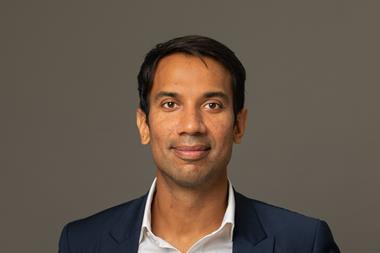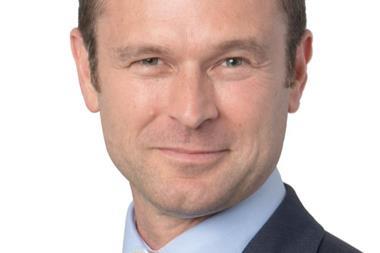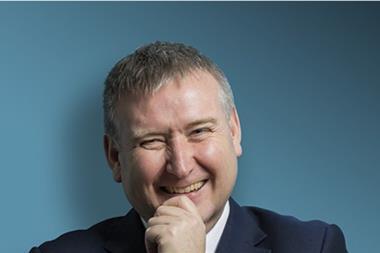Sweden’s SEK2trn (€170bn) system of multiple buffer funds backing the state pension is being called into question once more, as the Finance Ministry launches a major review to cut costs.
The Ministry announced this morning: “An investigator will review the administrative regulations that regulate the AP funds’ operations.”
“The purpose is to investigate and submit proposals for measures to modernise and streamline the collective management of the buffer capital,” it said.
The probe is to take place within the Ministry of Finance be led by ministerial councillor Tord Gransbo, it said, adding that the work would be anchored with the Pension Group – a longstanding cross-party committee.
The Pension Group’s membership has recently been expanded to include representatives from all parliamentary political parties, after years of complaint that several were excluded from the policy-setting body.
Tasking the Finance Ministry with the review, the government said: “The investment environment in which the AP funds operate has changed over time and in 2019 major changes were made to the investment rules.
“This justifies other parts of the regulatory framework for the buffer funds now being reviewed,” it said.
The main tasks for the review are:
- to probe how the administration of the AP funds can be simplified and modernised;
- investigate how the requirements for the buffer funds’ boards can be specified in order to ensure appropriate competence;
- investigate how AP6 can be appropriately integrated into the buffer fund system, particularly the option of merging it with AP2.
Even though it is not a buffer fund, the review also encompasses AP7, which manages of the default option in the premium pension system.
Financial markets minister Niklas Wykman said the aim of the review was to strengthen the conditions for evaluation and accountability and to reduce costs.
In a column in Swedish business daily DN today, he said several previous investigations had reviewed the AP funds’ mission, investment rules, structure and governance, but there was still a need for reform.
“One reason for this is that unlisted assets – real estate, risk capital and infrastructure – have grown in importance, not least since 2019 when the First to Fourth AP Funds were granted greatly increased opportunities to invest outside the stockmarket,” he said.
Unlisted assets today made up a third of the capital and that proportion had doubled in just ten years, he added.
He questioned whether the system needed a separate fund for private equity, and said the specialist skills of AP6 could also be useful within the framework of a larger buffer fund.
“The AP funds together cost about SEK2bn a year to operate. Part of this is pure additional costs of having many funds,” Wykman said.
“The AP funds carry out professional asset management and the salaries are judged to be in line with the market, but since the salary level is significantly higher than at other agencies, care should also be taken not to have more staffing than necessary,” he said.
A decade ago, pensions expert Mats Langensjö led a long-running inquiry into reforming the buffer fund system, which proposed merging the five funds into three. However, the reform plans were eventually abandoned following resistance from opposition parties.
Read the digital edition of IPE’s latest magazine












































No comments yet